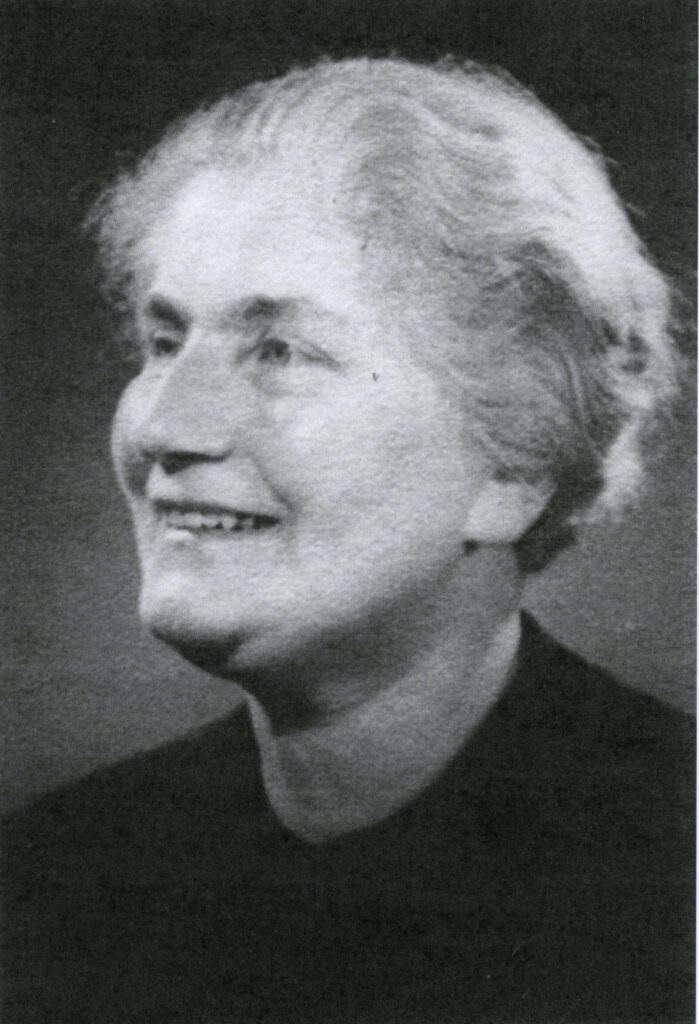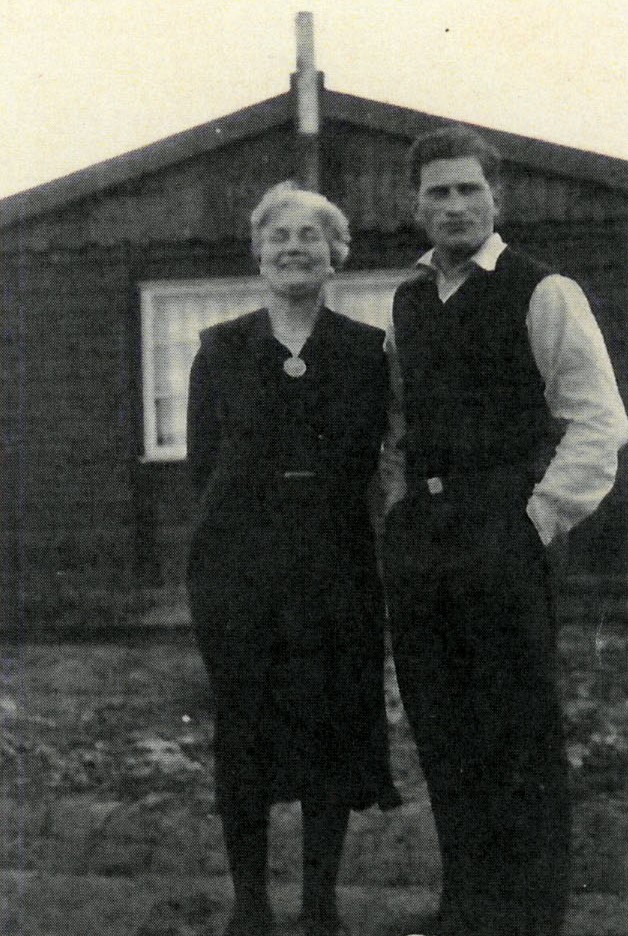Born on April 22, 1885 in Stuttgart
Murdered after deportation to the Izbica ghetto
Interned in Weißenstein in February 1942
Jenny was the baby of the Nathan family in Stuttgart; three siblings had been born before her, two of whom were still alive when Jenny was born. Her parents, originally from the Palatinate, ran a successful wholesale business in cotton goods in Stuttgart.
When Jenny married at the age of 24, she was a ‘good match’ with a substantial dowry. Her husband Benedict/Beno Elsas came from a well-known industrialist family based in Ludwigsburg, co-owners of the ‘Mech. Buntweberei Elsas & Söhne’. Beginning in 1910, the couple were able to celebrate the birth of a son every two years: Richard, Martin, Ludwig. No, Beno Elsas did not live to see the birth of his third child: five days earlier, he died as a German non-commissioned officer in the First World War.

Her husband’s death must have been a lifelong trauma for Jenny. Although she was able to live without financial worries, she became mentally ill and had to visit hospitals several times in the 1920s. Her sons recognized early on the danger that threatened the family during the Nazi era and fled abroad. Jenny trusted that she would be protected as a ‘war widow’. When her son Ludwig was able to organize a visa for Cuba in 1941, his mother was already trapped.

(Source: Yad Vashem)
From Stuttgart, where she had been living since March 1939, she was taken to Weißenstein Castle in February 1942. But she had to leave the forced residence again in April. From Stuttgart, the 57-year-old was deported to the Izbica ghetto. It is not known exactly where she was murdered.
(10.06.2023 kmr/ww)

